World Cultural Events October 2018
MUSIC AND
PERFORMING ARTS
MUSIC AND PERFORMING ARTS
01 / 10 / 18
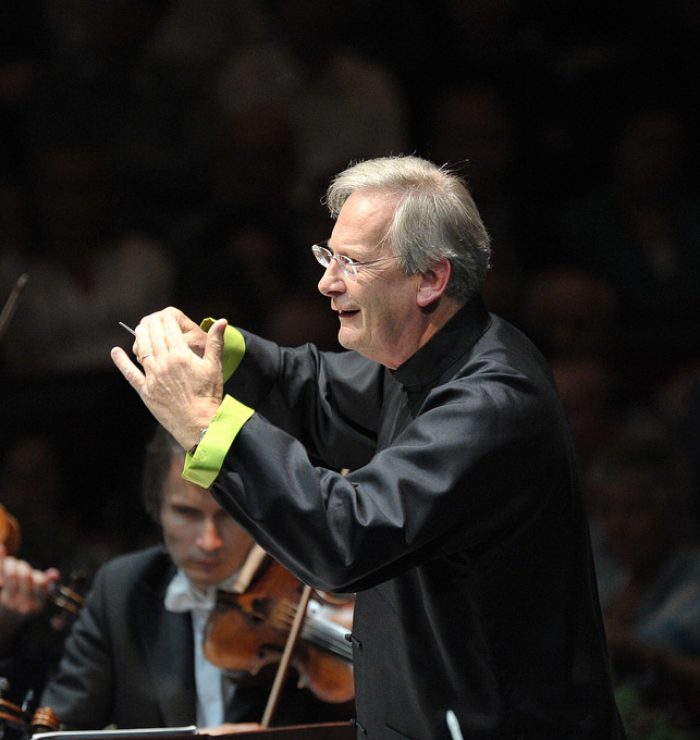
Orchestre Révolutionnaire et Romantique
New York, October, 14 & 15
The work of the romantic composer Héctor Berlioz, colourful and vivid, aroused the interest of John-Eliot Gardiner -renowned director of early music- already in his early years. For the awareness of the interpretative modes appropriate to each era does not only correspond to the type of music commonly referred to as "Ancient" (even if this has been the main victim, in fact, of the principal interpretive outrages along the first half of the twentieth century). At the Carnegie Hall, on October 14th and 15th, pieces composed by Berlioz at different compositional periods will be enjoyed. Some of them are as lyrical as Harold in Italie, inspired by a work by Lord Byron, a work in which the viola Antoine Tamestit -an instrument seldom heard as a soloist- will be protagonist, as well as some arias extracted from Les Troyens. Regarding the 15th, the highlight will undoubtedly be the Symphonie fantastique, the composition of Berlioz that is most accustomed to programming by its intensely evocative component: its amazing sound effects transport the listener through the scenarios specified in the titles of its movements.
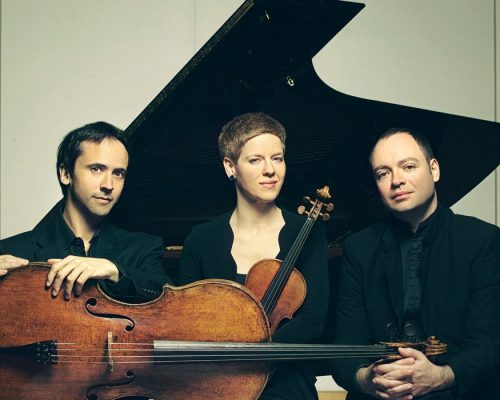
JEAN-GUIHEN QUEYRAS - ISABELLE FAUST - ALEXANDER MELNIKOV
Paris, October, 17
Three friends -the cellist Jean-Guihen Queyras, the violinist Isabelle Faust, and the pianist Alexander Melnikov, who have starred in dozens of concerts and recordings - gather at the Philharmonie in Paris to perform chamber pieces by a composer, Wolfgang A. Mozart
that also in his time used to meet and play his own music music with friends (before that, with family, especially father and sister). Perhaps trying to capture something of those evenings, the instruments played in the Philharmonie date from that time, beginning with the piano that Melnikov will use, made in 1791 (in December of that year, Mozart died), one of the jewels of the Musée de la Musique made by the brothers Johann Gottfried and Johann Wilhelm Gräbner. While Mozart's imprint on Beethoven has often been remembered, and probably in an exaggerated way, it still seems pertinent to note how some of the pieces programmed - among which the Sonata for violin and piano in B flat major, Kv 378 and the two Trios for piano and strings, K. 496 (in G major) and 502 (B flat major), works that are rich in content, anticipate, even though they are profoundly classical, the new and highest consideration of the chamber pieces that the genius of Bonn would achieve. In addition, the audience will be able to listen to the Sonata for piano, Kv. 332, a work which may be not so popular as others but that is excellently constructed and contains a slow, dreamy movement, that Melnikov's art will fly above interpretative fashions and historical periods.
Ólafur Arnalds
Leipzig, October, 10
The main hall of Leipzig’s Gewandhaus, used to the performances of its sensational Symphony Orchestra (this month, for example, will perform symphonies by Beethoven,
Mahler and Berlioz, in highly recommended concerts) hosts a performance of minimalist trend, featuring the Icelandic Ólafur Arnalds. Certainly, on the shelves of the few record stores still active can be found a recording focused on Chopin, reinvented together with pianist Alice Sara Ott, but his preferred field is not the classical tradition but improvisation; a form of creation that starts from a firm, reference basis, provided by another tradition, that of certain Nordic composers, such as Arvo Pärt. Ólafur Arnalds shares this influence with Max Richter -we have recommended his performance in Montréal- and the ill-fated Johann Johannsson, whose last performance we recommended and enjoyed less than a year ago, obviously not knowing that the end would be so close...
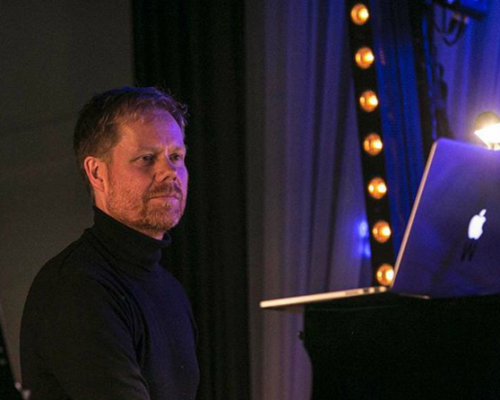
Max Richter
Montreal, October, 9
The music of Max Richter derives clearly from the source of Arvo Pärt's minimalism and the taste for the recurrent cells of Phillip Glass -to mention only two, but we could also add the experimentation of Morton Feldman and Steve Reich-
in spite of what his music proposal does not stop sounding captivating. To the success that he has reaped with his Vivaldi recomposed -heard a couple of seasons ago at the Auditori under the direction of violinist David Hope- we can add his incursion into the world of cinema, and the sub limine -unadvised- presence in so many homes through series as popular as The Leftovers (whose emotional and poignant theme was composed by him, as well as the correspondingly employed in the film Arrival of Dennis Villeneuve). We could also remember his ambitious project Sleep, a profoundly minimalist project played on a large scale, with a live performance of melodies that accompany the practice of unconscious activity, commonly referred to as "sleeping". In auditoriums of Berlin, Paris or even Madrid, the stalls were emptied, being replaced by mattresses so that the listeners could be rocked by those melodies during a whole night. Melodies that have been summarized in a CD, too, so that anyone can listen to them at home perfectly awake or in a loop -if desired- sleeping seven or eight hours. All this, to contextualize the artist -Max Richter- and to present his concert in Montréal as an appointment of great interest, centred on the interpretation of the album The Blue Notebooks, which the composer himself elaborated in 2004 using texts by Franz Kafka, as a reflection about violence in our society. He would follow this path with the album Infra, of 2010, the other work that will be heard at the Place de Arts.
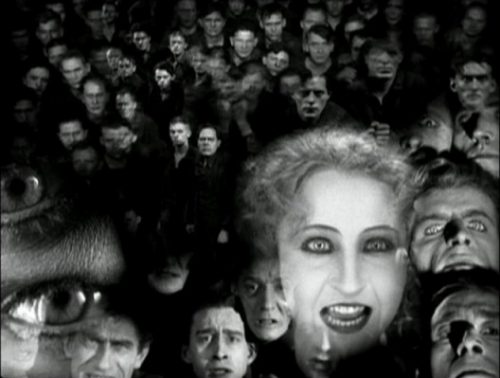
Cinema and Music. Metropolis
Madrid, October, 6
The idea of performing live music during the show of silent films can be traced back to the praxis of that time, when, at the dawn of the cinematography, before the sounding of the tapes, several musicians or one only
(usually keyboard or organ) were responsible for illustrating the scenes and preparing the spectators for the action represented on the screen, pushing them to be part of that second reality. At the Auditorio Nacional, just like at the Palau de la Música Catalana, it has been decided to recover the old format thinking about the aesthetic possibilities that open up, either by playing the original score composed expressly for the movie or by improvising, as the organist Juan de la Rubia has done on several occasions. In the present programming of Metropolis, the Orquesta Nacional de España under the direction of Nacho Paz will perform the soundtrack originally composed by Gottfried Huppertz. Fritz Lang's masterpiece, that dates back to 1927, continues to appear as a fascinating and iconic production, influential in its subject matter and overwhelming due to the usage of scenic resources (extras, special effects, decorations, furniture design...). With the new footage, about 25 minutes discovered in 2008, Metropolis ceases to be just a dystopian vision of the future city. Obviously, the clash between two forms of life is maintained, opposing the slave condition of the oppressed, who generate the energy for the maintenance of the splendid city, to those who live there, happily, on the surface of the side of the skyscrapers. But it adds nuances, and therefore increases its value. We must also remember that it is the first representation of the replicant, the other I (in its cybernetic format) that in the nineteenth century the romantics referred with the scary name of Doppelgänger. The shadow that not being “me” is still so very similar, giving rise to potentially sinister identity confusions. This is what happens in Metropolis with the vision of a compassionate Maria, once she is supplanted by the robot Futura (whose sensual dance will awaken the lower instincts of everyone instead of appeasing, and also causing the anxiety of the protagonist, who is in love with her). The meeting of eros and thanatos, already present in Hoffmann’s The Sandman, appear in the feminine unfolding that represents the essentially inapprehensible nature of desire, also in films as memorable as Vertigo by Alfred Hitchcock, or Lost Highway by David Lynch.
< LAST MONTH NEXT MONTH >
EXHIBITIONS
EXHIBITIONS
01 / 10 / 18
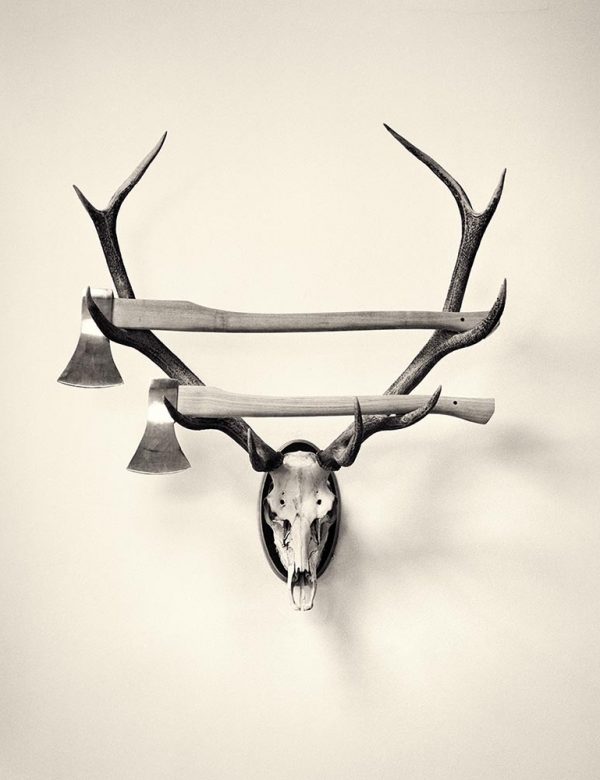
Chema Madoz
Madrid, until November, 10
The art of photographer Chema Madoz captures scenes with objects artificially prepared to give rise to misunderstanding or, perhaps better, to a kind of “confusion” which actually is profoundly significant and revealing. They are not riddles in Magritte’s style, or mere winks or jokes, but certainly -as in those cases- they require the completion of the message hidden / visible by the person looking at them, the viewer which assumes the elements represented as his own’s, and whose simplicity does not prevent the awakening of an inspiring perplexity. At the Elvira González Gallery, 34 black and white photographs are shown: "We will see how the decontextualization of the image of the photographed object gives a new meaning to it, that acquires meaning in the eyes of each viewer", the organizers explain. Luis Arena, philosopher and art historian, concludes: "We know from Madoz how many different lives could have awaited a match or a staircase if its destiny had not been to finally serve our need for fire or to overcome gravity. All those worlds of Madoz are unlikely worlds, certainly, but not impossible: there they are before us to show their reality".
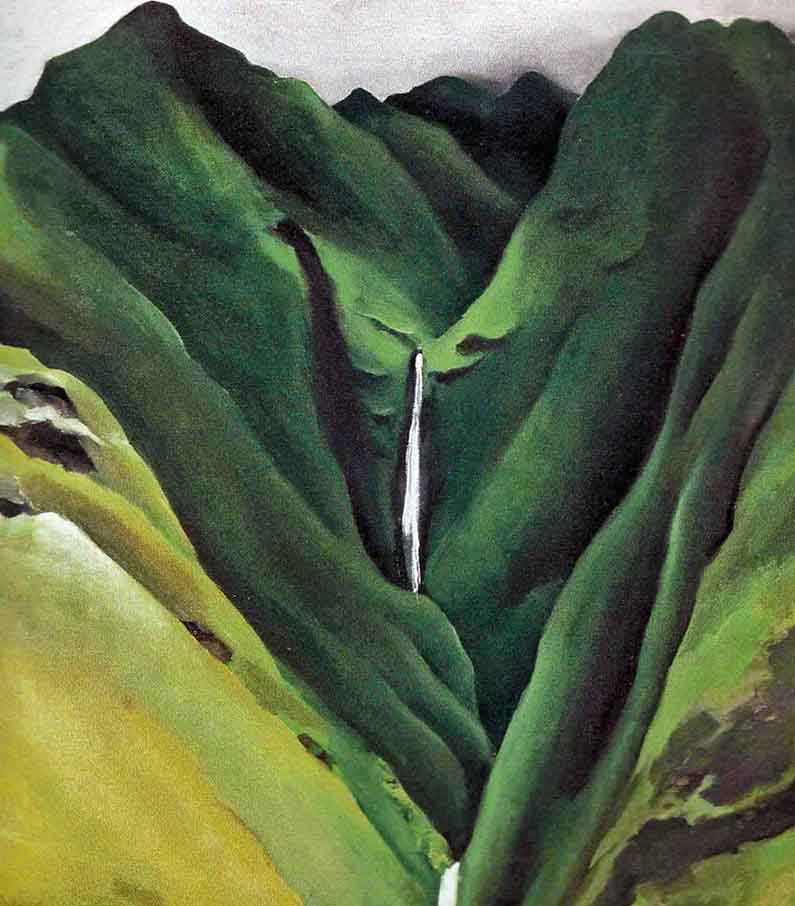
GEORGIA O’KEEFFE: VISIONS OF HAWAI‘I
New York, until October, 28
Recognized mainly for her close-ups of flowers, in what has been understood as a kind of intrusion into the privacy of plants, Giorgia O'Keefe is also author of canvases in which she portrays nature from a certain distance.
Mountains, waterfalls and exotic fruits are some of its themes. Very appropriated seems the compilation of 10 works made during his stay in Hawaii at the New York Botanical Museum, to the extent that not only allows the visitor to enjoy of a nature gathered and cultivated for exhibition and ecological awareness purposes, but also a small sample of her artistic recreation.
Through a Different Lens
New York, until October, 28
Through a Different Lens: Stanley Kubrick Photographs is a fundamental exhibition for every admirer of the American director, and by extension for every lover of cinematographic art. As recalled in the exhibition of the CCCB
which we recommend in the Cultural Agenda of the city of Barcelona- Kubrick showed at an early age his interest in the photographic reproduction of reality, in this case through the lenses of a camera. More than 12,000 negatives of his work for the publication Look are preserved -with which he began to collaborate at age 17- corresponding to the 129 assignments that were given to him. In this exhibition, at the Museum of the City of New York, an eloquent selection can be seen, as well as a series of unpublished materials, which -in the words of the organizers- reflect “the pathos of ordinary life with a sophistication that belied his young age”. Snapshots that already show his perfectionist sensibility, the extreme care in the details of composition and in the capture of the pregnant moment. An exhibition perfectly complementary to the one mentioned in the Barcelona Agenda.
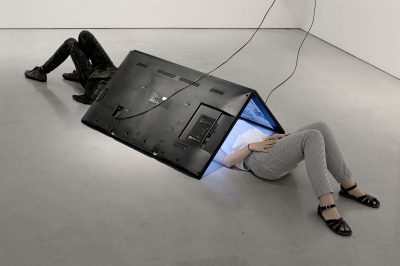
I WAS RAISED ON THE INTERNET
Chicago, until October, 14
Last days to enjoy an exhibition of great relevance, and nonetheless "archaeological". Since, as it is evidenced by the title in a most clear way, what it is about is to show by means of different proposals how a generation -the so-called millennials-
have grown and therefore lived forever in the digital era, taking for granted the reality of Internet. The web offers explanations of great interest, with regard to the different sections that make up the exhibition and the names of the artists invited. Let's stay with the first lines as an excellent summary: "I Was Raised on the Internet focuses on how the internet has changed the way we experience the world. Due to new types of gaming and entertainment and the rise of social media and alternative modes of representation, the everyday is no longer what it used to be. The ways we interact with each other have shifted through the connected nature of telecommunications devices across the internet, including mobile applications, social media platforms, and large search engines that have become everyday tools for individuals from all walks of life. New modes, not only of seeing but also of feeling, have emerged in response to this”.
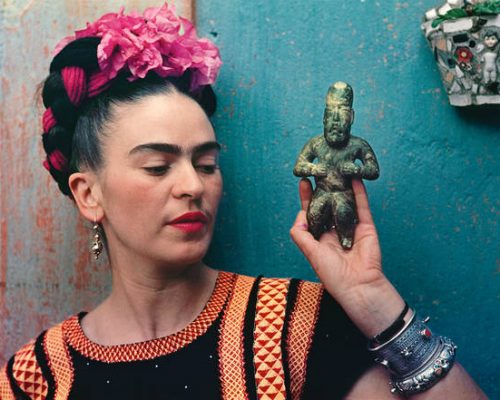
Frida Kahlo: Making Her Self Up
London, until November, 4
The life of Frida Kahlo, not only her art, has become a motive of interest and even veneration, instituted almost as a mythical figure or -the web points out- at least as an "iconic" character.
Hence, an exhibition like the present centred on their personal apparel and clothing -for the first time outside of Mexico- may interest and satisfy the visitor's more or less artistic concerns. Her strong personality is reflected in the items exhibited by this London gallery specialized in design, objects that for 50 years remained hidden. The success is such that the "Sold Out" sign is displayed, with the hopeful apostille: "A limited number of tickets can be purchased daily on a first-come, first-served basis from 10.00 at the Grand Entrance".
< LAST MONTH NEXT MONTH >




